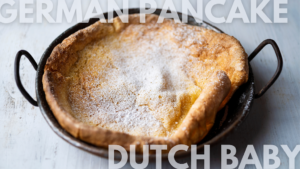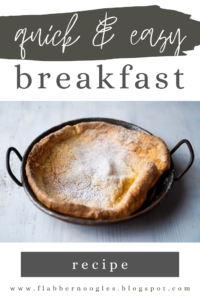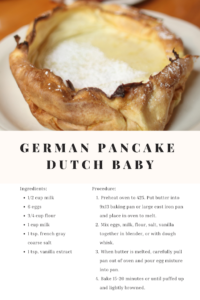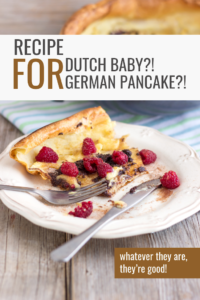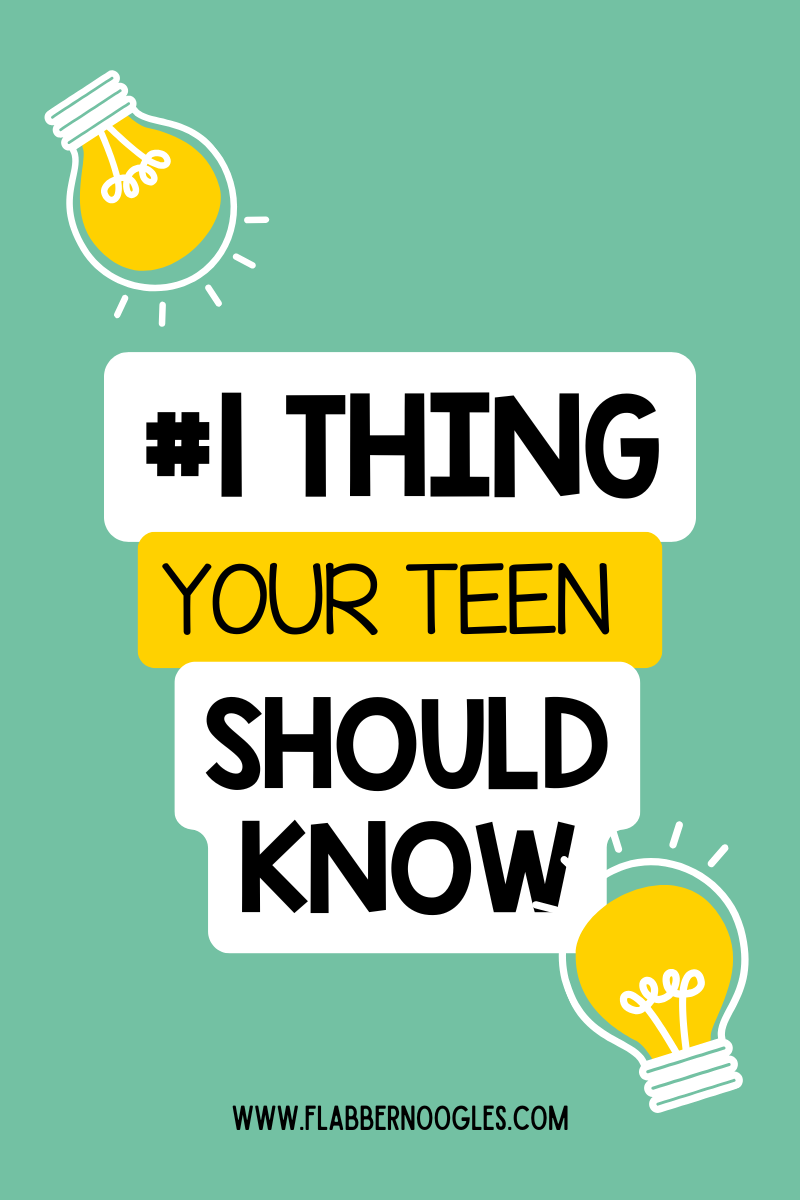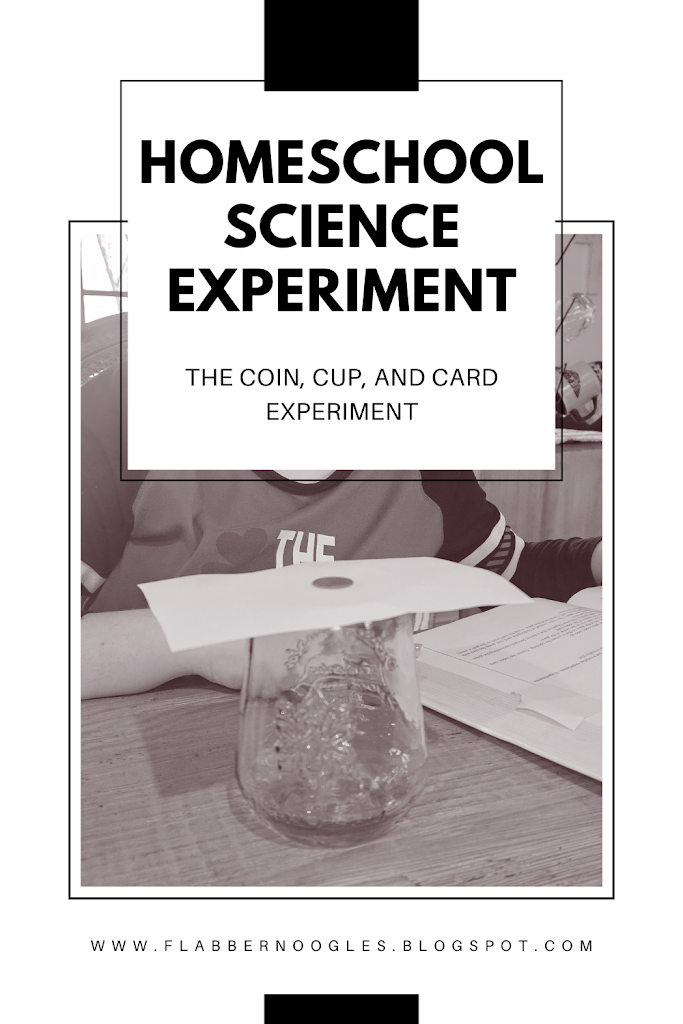the fun and fluffy history of german pancakes
(a.k.a. dutch babies)
If you’ve ever had a German pancake, also known
as a Dutch baby, you know it’s not your average breakfast treat. This
puffy, golden, oven-baked delight is crispy on the edges, soft in the middle,
and downright irresistible. But where did it come from? Let’s dig into the
fascinating (and slightly confusing) history of this dish!
wait… is it german or dutch?
Surprise! Dutch babies aren’t Dutch at all—they’re
actually German. The dish is believed to have originated from traditional Pfannkuchen,
a type of German pancake that’s thinner than an American pancake but not quite
a crepe.
So, why the name Dutch baby? That’s where
things get interesting:
- In
the early 1900s, Manca’s Café in Seattle made these oven-puffed
pancakes famous. - The
owner, Victor Manca, served them in smaller, individual portions. - Legend
has it that his daughter mispronounced “Deutsch” (German for
“German”) as “Dutch,” and the name stuck!
what makes it special?
Unlike traditional pancakes, German pancakes:
✔️ Are baked in the oven,
not cooked on a griddle.
✔️ Puff up dramatically,
thanks to steam from the eggs.
✔️ Have crispy, golden
edges and a custard-like center.
They’re basically a delicious mix between a pancake, a
popover, and Yorkshire pudding!
fun facts about german pancakes
🥞
The batter is super simple—just eggs, flour, milk, and butter.
🍋 Many people serve
them with lemon juice and powdered sugar for a sweet-tangy kick.
🔥 The dramatic rise
happens because the batter hits a hot pan and instantly creates steam.
🧈 Traditional
German Pfannkuchen are usually pan-fried, so the baked Dutch baby is a
uniquely American twist!
final thoughts
Whether you call it a German pancake, a Dutch baby, or
a magical breakfast cloud, this dish is a must-try. It’s easy, delicious, and
packed with history—plus, watching it puff up in the oven is half the fun!
Have you ever made one? What’s your favorite topping?
Let me know in the comments!


